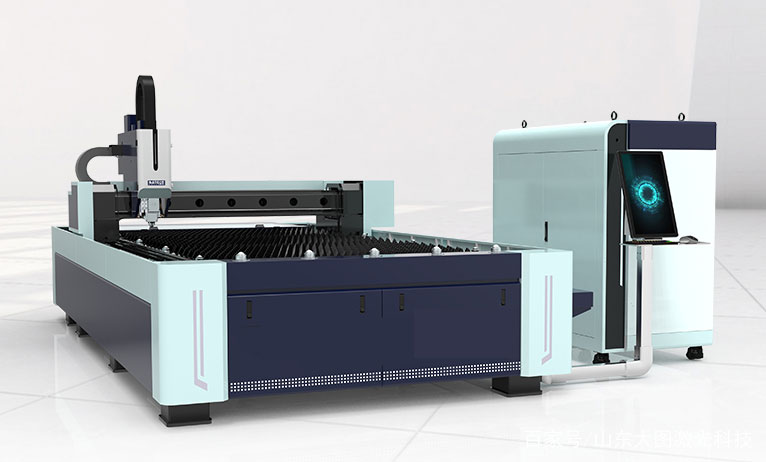
1. Wear labor protection articles according to the regulations, and wear protective glasses that meet the regulations near the laser beam.
2. Operators must be trained, familiar with the structure and performance of the laser cutting machine, and master the relevant knowledge of the operating system.
3. When the equipment is started, the operator shall not leave the post without authorization or entrust others to manage it. If it is really necessary to leave, the operator should stop the machine or cut off the power switch.
4. Before determining whether the material can be irradiated or heated by the laser, do not process it to avoid the potential danger of smoke and steam.
5. Put a fire extinguisher within reach; turn off the laser or the shutter when not processing; do not place paper, cloth or other flammable materials near the unprotected laser beam.
6. If abnormalities are found during processing, stop immediately, and troubleshoot or report to the supervisor in time.
7. Keep the laser, bed and surrounding areas clean, orderly and free from oil stains. Workpieces, plates and scraps are stacked according to regulations.
8. When using gas cylinders, avoid crushing the welding wire to avoid leakage accidents. The use and transportation of gas cylinders shall comply with the regulatory requirements for gas cylinders. Do not put the cylinder
Expose to sunlight or near a heat source. When opening the bottle valve, the operator must stand on the side of the bottle mouth.
9. Comply with high voltage safety regulations during maintenance. Follow rules and procedures every 40 hours of operation or weekly maintenance, every operating hour, or every six months.
10. After starting up, manually start the machine tool at low speed in the X and Y directions to check whether there is any abnormality.
11. After inputting a new workpiece program, it should be tested and checked for its operation.
12. Pay attention to observe the operation of the machine tool when working, so as to avoid accidents caused by the cutting machine exceeding the effective stroke range or the collision between the two machines.




